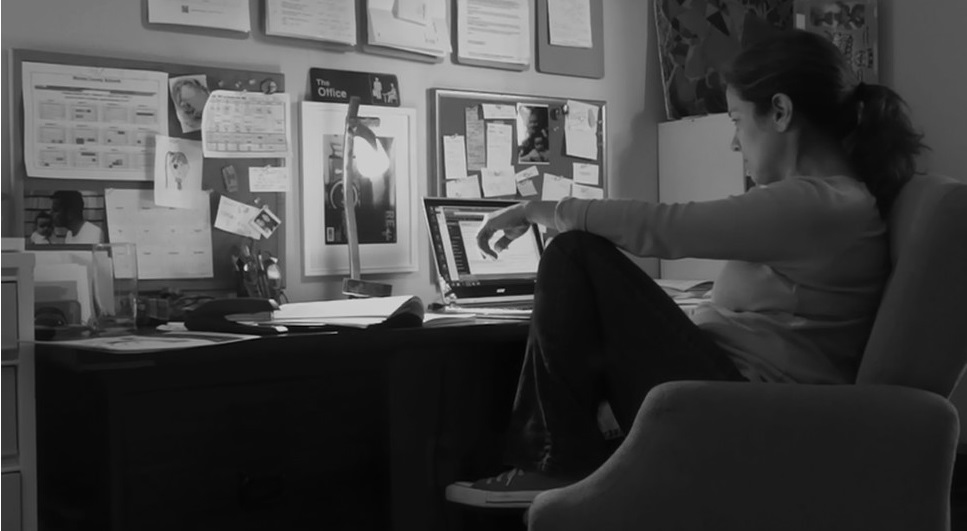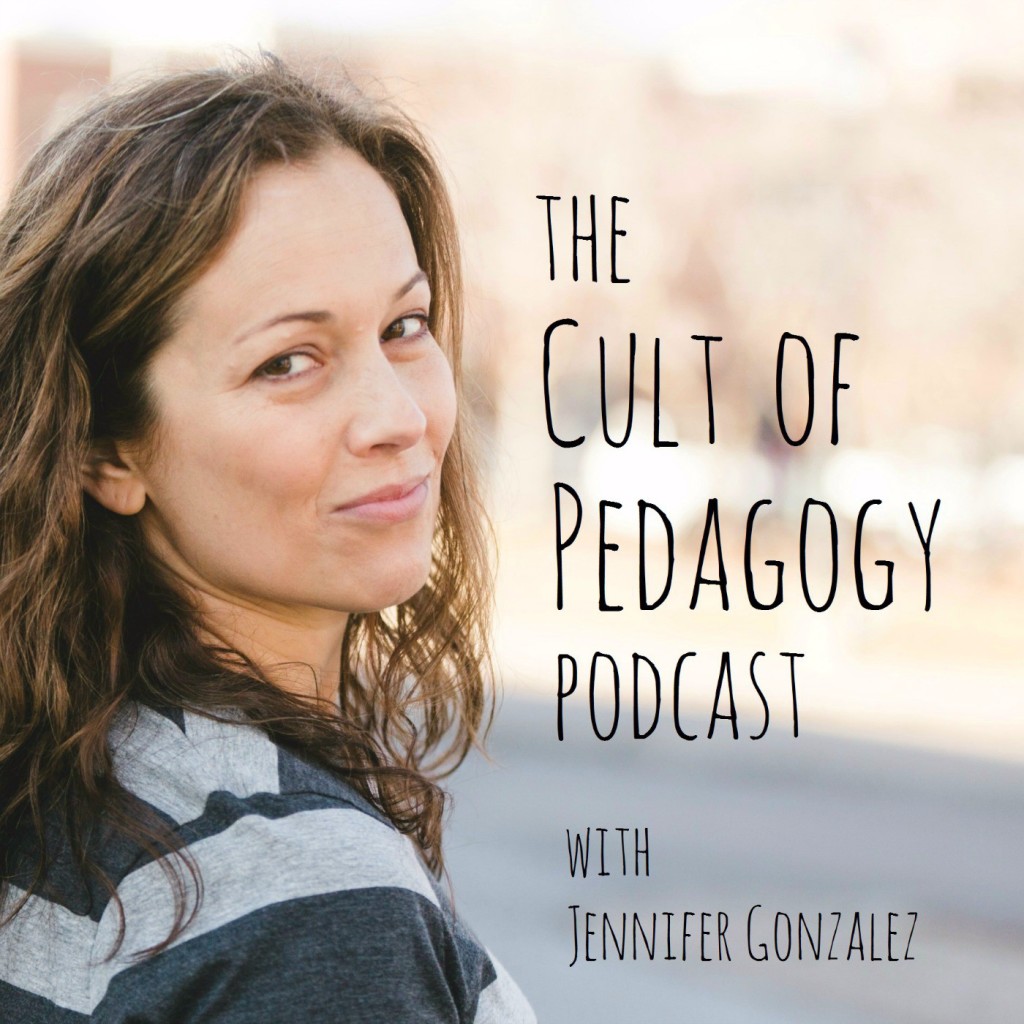
This page contains Amazon Affiliate links; if you purchase from Amazon after going through these links, I receives a small commission at no extra cost to you.
I get asked all the time about how I started this blog, what tools I use, where my illustrations come from, how I make my videos, how I actually earn an income from the site, and so on. So here’s an overview of how all the parts fit together. Some of the links in this post are affiliate links, which means I will get a commission for referring you to the products and services mentioned.
The Website
In 2013 started my blog on WordPress.com, which is an easy way to create a blog without any fancy bells and whistles: On WordPress.com, you can’t add plug-ins, which allow you to add all kinds of functionality to your website. You also can’t generate any income from advertising. I wanted the bells and whistles, so I moved my site to WordPress.org. This video from WPBeginner explains this in more detail:
Here’s the thing about WordPress.org: You have to find a host. A host is a company that stores your website and delivers it to anyone who tries to access it online. This requires storage space and bandwidth. When you use WordPress.com, they take care of the hosting for you. It’s nice. But if you want a WordPress.org site, you need to get your own host. I used a company called BlueHost to host my site for many years, and recently I switched to a company called WP Engine.
The Illustrations
When I wrote one of my earliest posts, A Mild Case of Fisheye, I was looking for a great stock photo to use for my site. I found a gorgeous one, then realized it was going to cost me about $75 to use it. That totally wasn’t going to happen. So I decided to start drawing my own illustrations.
I am asked frequently about how I do my illustrations. Because I started on no budget, I couldn’t afford high-level illustration software. I just used the MS Paint software that came free with my laptop and drew my own pictures that way. This tutorial shows you the basics of how MS Paint works:
If you are on a Mac, I’ve heard that Paintbrush is a similar tool.
Once I have created an illustration, I save it as a PNG file, which at some point I learned was a good file type for online illustrations. I don’t remember where I learned it, but this article explains the difference between PNG, GIF, and JPG files.
I use that image as the featured image for the post, then I put the image inside a blank PowerPoint file (in portrait orientation), put a colored rectangle behind it that’s the same color as the background image in my illustration, add a few text boxes for the title of the post, and I then use that as the main image in the post. I do this large, portrait-oriented image to make it easier for people to pin my post on Pinterest.
The Podcast

Recording
I record my podcast using free software called Audacity and for years I used an inexpensive microphone that plugged right into the USB port of my computer: It was called a Samson GoMic and it worked great; a perfect mic to get started! More recently, I have upgraded to an Audio-Technica ATR2100-USB microphone, which is also a USB mic. I ordered this very inexpensive windscreen to cover it; this does a great job of filtering out the “popping” sound you get from “p” sounds.
Interviews
When I do interviews, I used to do them over Skype and I recorded them with a software called Call Recorder for Skype. I had to do these calls on a Mac, because I knew the software and was too lazy to move to something else, but there is a software called Pamela that records Skype calls for PCs. When the interview was recorded, I downloaded the MP3 recording of it, then imported it into Audacity.
More recently, I have started using an app called ZenCastr. This gives me outstanding file quality, but it can also be a bit wonky, so I would recommend you stick with Skype for interviews until you have your legs under you.
Editing
I edit every podcast in Audacity, then export it as a WAV file. Next, I convert the WAV file to an MP3. This can be done with something like Zamzar file converter.
File Hosting
To have a syndicated podcast, you have to have a podcast hosting service. (It’s kind of mind-boggling how many different hosts you need to do this stuff!) I use a podcast hosting service called Libsyn. I upload the podcast to Libsyn, and they make sure it goes to places like iTunes and Stitcher, where people can find it to listen.
For a more complete overview of how podcasting works, check out Patt Flynn’s free tutorial, How to Start a Podcast. I learned a lot from it. I have also heard that a newer app called Spreaker takes this whole complicated process and makes it a LOT easier, so go check that out as well.
The Videos
I set up my YouTube channel just a few months after starting my blog. People have asked what kind of animation software I use to create the cartoon-y animated sequences in many my videos: It’s PowerPoint. Using the illustrations I create in MS Paint, I animate them using PowerPoint’s animation tools. To put it all together, I just play the slideshow on my computer, narrate it with the microphone I use for podcasting, and record it using screencasting software called Camtasia Studio. I can also edit the recordings in Camtasia and export them as MP4 video files, which then get uploaded to my YouTube channel.
How Did I Grow My Audience?
If you’re going to have a successful blog, it’s essential to actually have an audience. I have put all my effort into two things in order to grow mine:
Social Media
I have spent a lot of time growing an audience on Facebook, Twitter, Pinterest, and, more recently, Instagram. Here are some good posts that talk about how to grow your own audience:
Growing a Following from Nothing: My Social Media Strategy
10 Essential Tips to Grow Your Audience on Social Media
Mailing List
Anyone who has a successful online business or website will tell you that a mailing list is one of the most effective ways to develop a long-term relationship with an audience, even more so than through social media. I use a service called Aweber to handle my email list.
These posts do a good job of summarizing how that works:
Why You Should Start Building Your Email List Now
Why Building Your Email List is So Important Today
How Do I Support Myself with my Website?
My income is generated from a few different sources:
Advertising
Amazon Associates is a program that allows me to earn a small commission (from about 5% to about 7%) on every purchase a person makes on Amazon if they get there through links on my website. So whenever I do a book review or even refer to a book, I put a link that includes my associate code, and if a visitor goes to Amazon through that link, I get a small percentage of whatever that person pays Amazon for anything purchased during that visit.
Product Sponsorships: I occasionally write sponsored posts about products, for which I charge a fee. I also have regular sponsors for my podcast. When I am contacted about these opportunities, I refer companies to this page.
Products and Courses
I create digital products for sale on Teachers Pay Teachers, which has now become my main source of income. (If you are interested in becoming a seller, use this link to tell them I sent you and I will receive a bonus for referring you!) You can see all of my TPT products here. If you want to learn more about creating and selling products on TpT, I would recommend you check out Blair Turner’s book, Let’s Talk Shop: An eBook for TpT Sellers.
I also have two online courses: JumpStart, a technology course, and Twitter for Teachers and Students.
Speaking and PD
As my audience has grown, I have also gotten more requests to do in-person speaking and professional development. Because I have school-age children, I try to limit my speaking engagements, but this also provides some income. I have created this speaker sheet to let prospective schools and organizations know what I offer.
Book Sales
In 2015, I co-authored a book with Mark Barnes called Hacking Education: 10 Quick Fixes for Every School. A few times a year, I receive royalty payments from the sale of this book.
